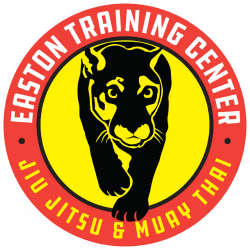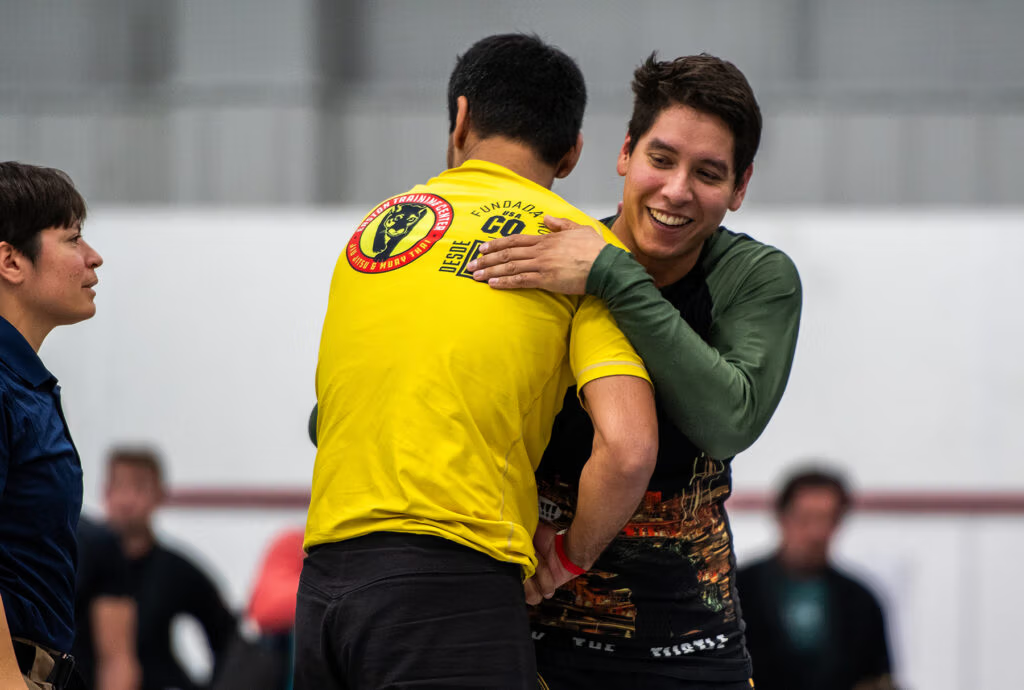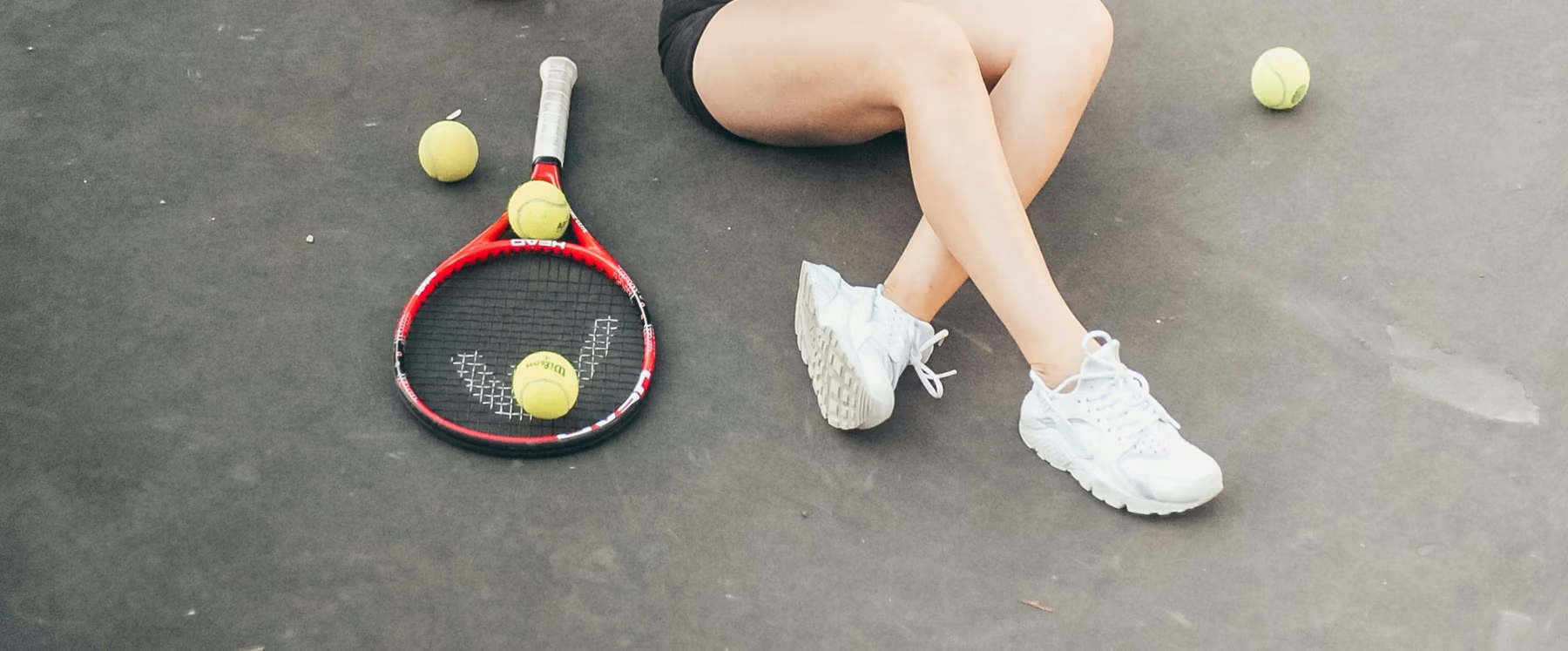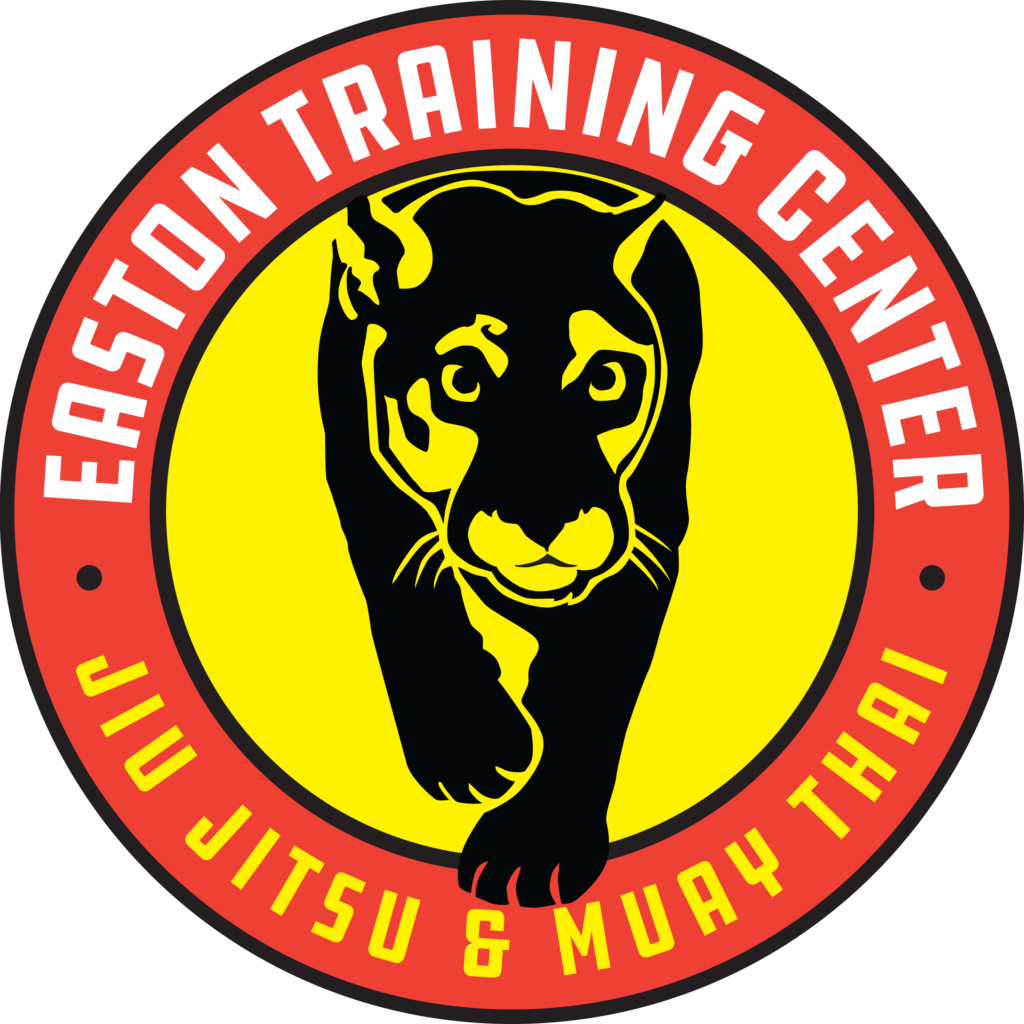Brazilian Jiu-Jitsu (BJJ) provides self-defense and empowers a smaller man or woman to defeat a larger opponent using sound technical principles. One of the most battle-tested martial arts known to man, it has proven effective in an array of situations including championship MMA fights, law enforcement, and hostile civilian interactions to name a few.
The effectiveness of applying the principles of BJJ in a live situation relies on the preparation and ability to train “live.” Specifically, two individuals can slap hands, bump fists, and roll at or near 100 percent intensity without causing harm to either person before reaching the point of submission.
This doesn’t mean rolling will perfectly simulate a heated interaction on the street where you don’t have the option to tap, but it does provide a safe opportunity learn the art of self-defense without the threat of strikes or weapons, which could lead to serious physical harm.
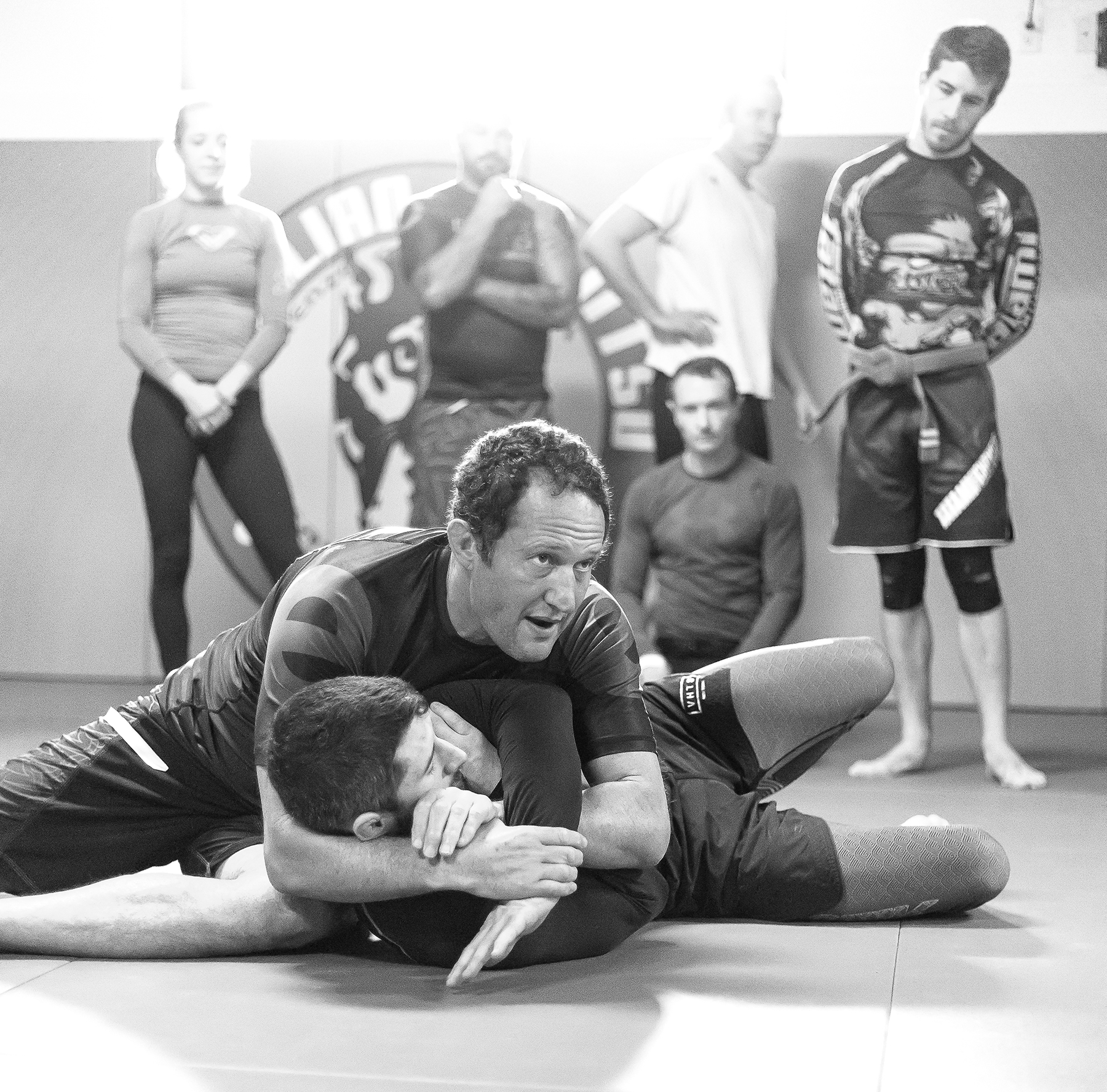
BJJ differs from most martial arts — particularly those that employ striking, which rarely go live or train at 100 percent in practice. Striking sports like Muay Thai, Tae kwon do and kickboxing all employ technical sparring, a form of training with a focus on applying specific techniques, strategies, or combinations in a controlled manner in order to refine techniques, timing, and distance management. Both individuals must agree not to strike one another with maximum intent, otherwise the consequences can result in severe head trauma, broken bones, soft tissues injuries, or even loss of consciousness.
Going 100 percent in these martial arts occurs much less, reserved mostly for sanctioned fights, set sparring sessions between advanced individuals, and what we try to avoid at all costs — unintended physical altercations. Alternatively, the relative safety of BJJ sparring compared to striking sports supports the notion that going “live” is both possible and even recommended due to a few simple reasons.
Battle-tested self defense & confidence
First, I will preface that generally we should do everything we can to avoid physical altercations. No matter how well-prepared we feel for physical combat, things can always go sideways.
However, if we cannot avoid altercations then we must be ready to defend ourselves. If our BJJ training only includes drilling, technical flow-rolling or theoretical practice, then how will we know what it feels like to resist an opponent with ill intentions?
Truthfully, we won’t.
Live training gives us a better understanding of what works, where our technical execution stands, and the confidence to use the things we’ve learned in high-pressure situations.
Like most competitive sports whose practice employs high-pressure, game-like situations, live training – also called Randori – simulates what actual combat would feel like.
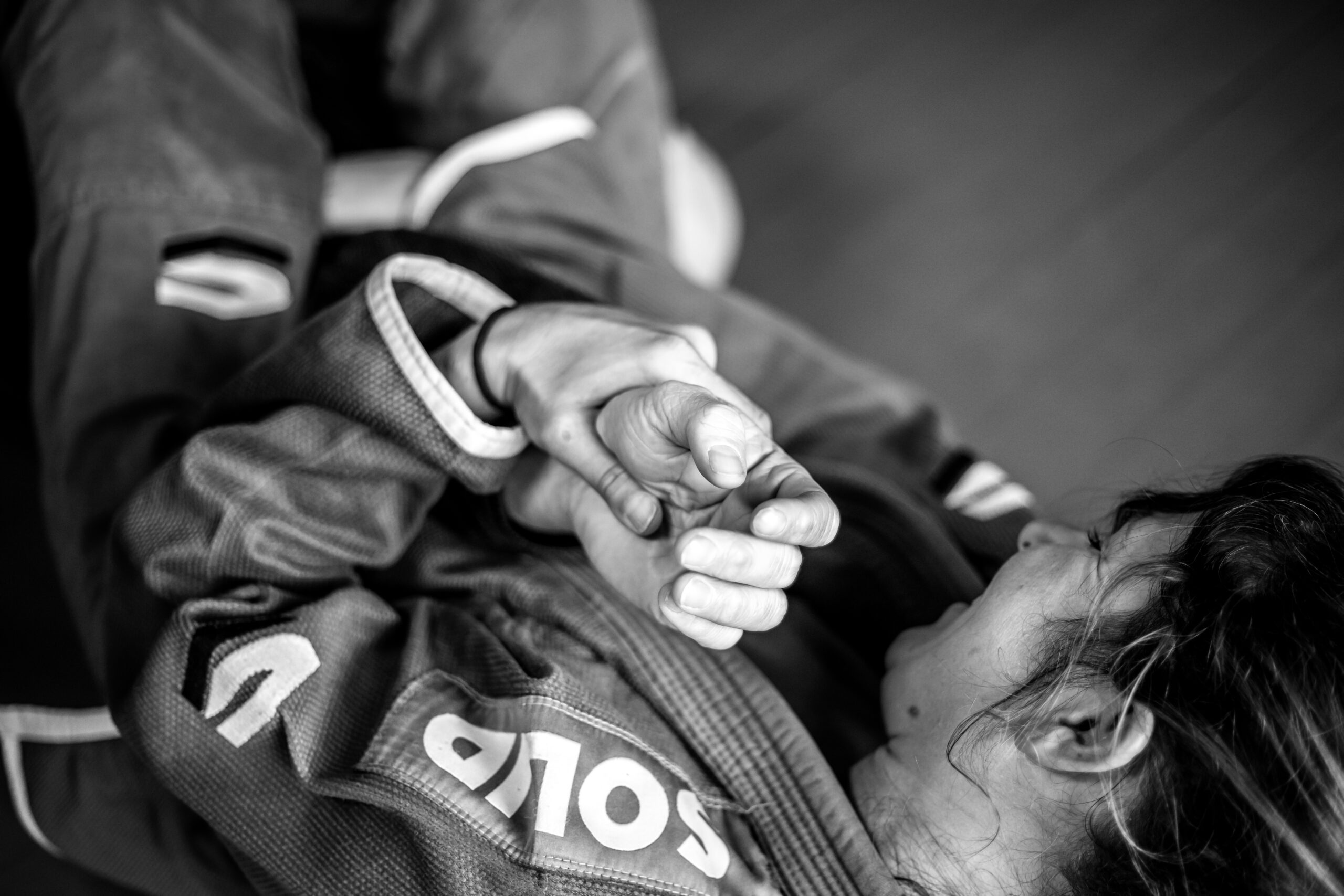
Imagine a basketball player shooting three-pointers alone in a gym all day. Surely she will improve her technique, and she’ll gain confidence in doing so. Now imagine that same player entering an actual game. If she has never practiced those same shots with a defender in her face, she’ll likely crumble under the pressure and perform poorly.
Coaches and players know this. They intentionally implement game-like situations, drills, or scrimmages to simulate the feeling of a game, resulting in better overall preparedness when the lights shine bright. This doesn’t mean that we should approach every situation with game-like intensity, but it’s imperative to employ these strategies regularly to keep the skills sharp.
Keeping our ego and skills in check
Like most skills, BJJ competency atrophies over time if we don’t train it properly; we must continuously sharpen our skill set. Training live keeps us grounded and honest.
Sure, if you train BJJ long enough, like riding a bike, certain aspects of movement and timing will never leave you. However, if you take a long enough break, you will likely lack precision, timing, application, and conditioning.
This can be disastrous from a self-defense perspective, leading to a false sense of confidence where you rely on past training but lack a strong sense of present skill. This becomes equally consequential for those who compete; with the sport so rapidly evolving, others will eclipse your abilities quicker than you may expect.
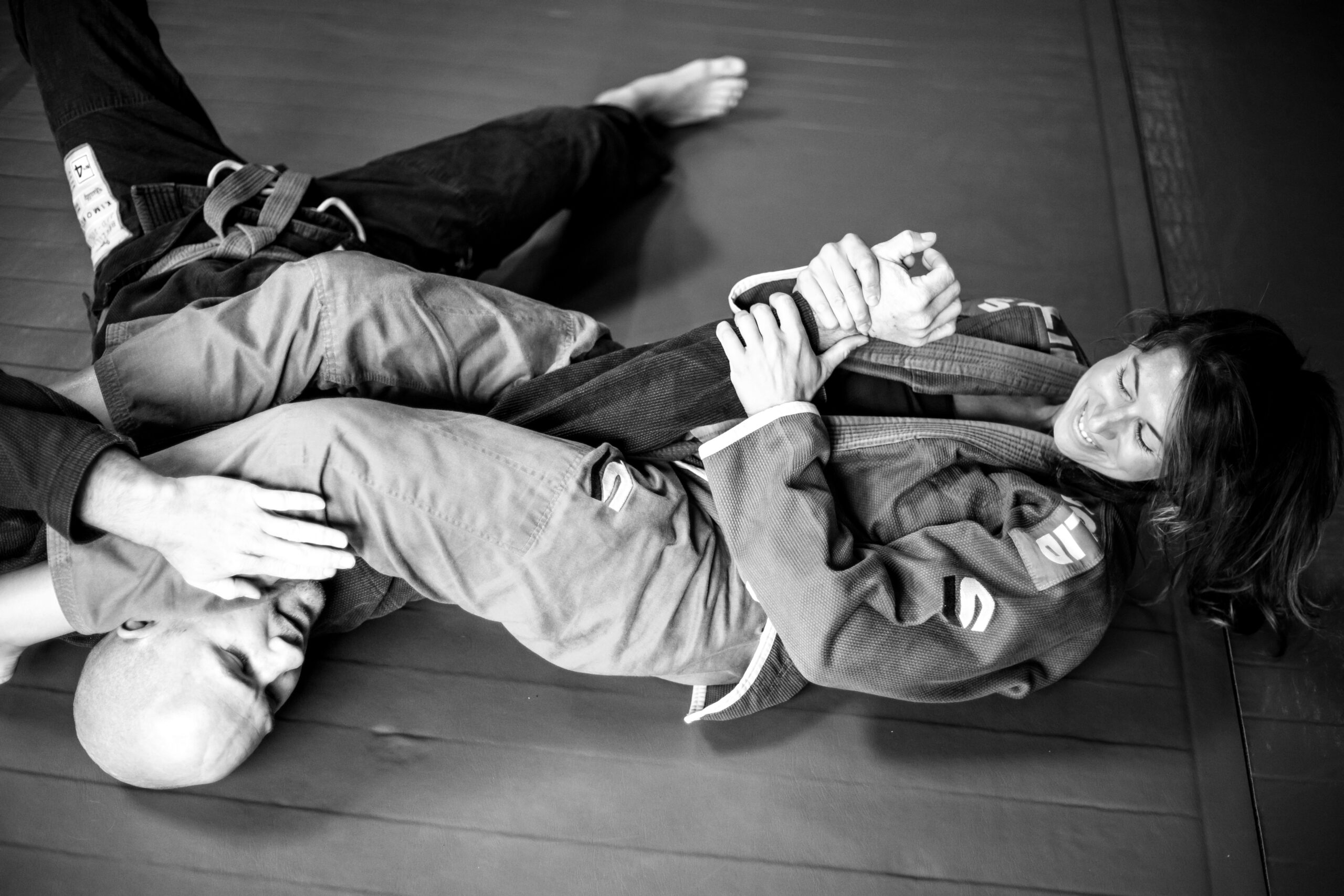
Live training keeps us honest and helps us identify our weaknesses, what we must improve on, and how we truly behave with our feet to the fire. We learn who we truly are when we can’t breathe, when we’re being strangled, and when we can’t get somebody off us.
As said by U.S. Army General George Patton to his troops during World War II, “Fatigue makes cowards of us all.” This quote pertains to physical struggle and applies particularly well to combat sports.
Fatigue will make you crumble if you’re not exposed to it regularly. But when exposed to it enough, we can learn to overcome our inner self that wants to quit. A healthy ego comes from consistently overcoming challenges, and an unhealthy ego comes from dodging struggle.
The never-ending quest for growth
The BJJ journey never ends and there’s no point where we get to just sick back and rest on our laurels. We’re lucky enough to participate in a martial art that allows an intensity of training which fosters both learning and realism.
A short memory makes the best memory for the Jiu Jitsu practitioner. We tap early, we tap often, and we learn from it. Therein lies the beauty of the martial art.
Training live doesn’t have a universal speed; we all have different capabilities depending on our age and experience. Find whatever your ceiling is, reach it and try to raise it from time to time.
Your ego will thank you, and your future self who needs those self-defense skills will too. Do not take for granted this beautiful aspect of an even more beautiful martial art that is Jiu Jitsu. Train smart, train hard, and train forever!

